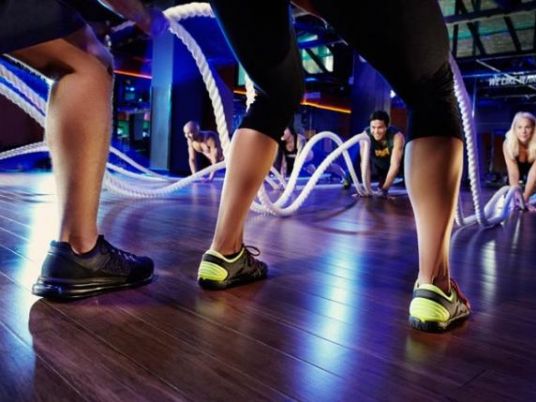
Fewer than half of injuries in women’s collegiate gymnastics are serious enough to sideline athletes for more than one day, a US study suggests.
Researchers analyzed injury data from 11 college varsity programs for five years starting with the 2009 – 2010 school year. Out of 418 injuries, only 164 were serious enough to require the women to stop participating in gymnastics for more than a day.
Equipment changes, such as shock-absorbing mats to soften landings and a new vaulting table with a larger, cushioned push-off surface may have helped limit serious injuries, said lead author Zachary Kerr of the Datalys Center for Sports Injury Research and Prevention in Indianapolis, Indiana.
Athletic trainers can also minimize the risk of serious injuries, Kerr added.
“By having athletic trainers on site, organizations may be able to reduce the severity of injury because diagnosis and management of the injuries occur almost immediately,” Kerr said by email.
By separating out injuries that forced athletes to sit out practices and competitions, Kerr and colleagues found injury rates that were lower than earlier data from the National Collegiate Athletic Association (NCAA) might suggest, they report in the Journal of Athletic Training.
The researchers measured injury rates against what’s known as athletic exposures (AEs), which occur each time one athlete participates in one practice or game that has the potential to result in an injury.
Over the course of the study, the overall injury rate was 9.22 per 1,000 AEs. But looking only at injuries serious enough for women to miss more than a day of practice, the injury rate fell to 3.62 per 1,000 AEs.
Practices didn’t appear as dangerous as competitions. The practice injury rate was 8.69 per 1,000 AEs, compared with 14.49 per 1,000 AEs for competitions.
Most injuries involved ankles, lower legs, Achilles tendon, trunk or foot, the study found.
Floor exercises accounted for about 42 percent of the 291 injuries reported while athletes were using an apparatus, followed by the uneven bars, which were tied to 29 percent of these injuries.
The researchers didn't have data on all college teams, they acknowledge. They also didn't know the duration of practices and competitions, making it impossible to determine how the amount of time doing gymnastics might relate to risk of injury.
It’s possible that some injuries were averted altogether or less severe because coaches have gotten smarter about avoiding overtraining and excessive repetition of the most dangerous skills, said Dr. John O’Kane, intercollegiate athletics medical director at the University of Washington in Seattle.
“College gymnastics teams have small rosters and the loss of two or three key competitors can doom a season,” O’Kane, who wasn’t involved in the study, said by email. “I think coaches have become smarter about this and work harder to avoid injuries, particularly those involving significant time loss.”
Even when injuries don’t require time off, there is a downside to getting back into the swing of things less than a day after an injury, said Randy Cohen, an athletic trainer and associate athletics director for medical services at the University of Arizona in Tucson.
“Time-loss injuries do prevent athletes from participating in practice and competitions, however, when they are out they can focus on rest, treatments, rehabilitation and getting better,” Cohen, who wasn’t involved in the study, said by email. “When you have non-time loss injuries they require treatment and rehabilitation while continuing to practice and compete.”
SOURCE: Journal of Athletic Training, online July 21, 2015.
